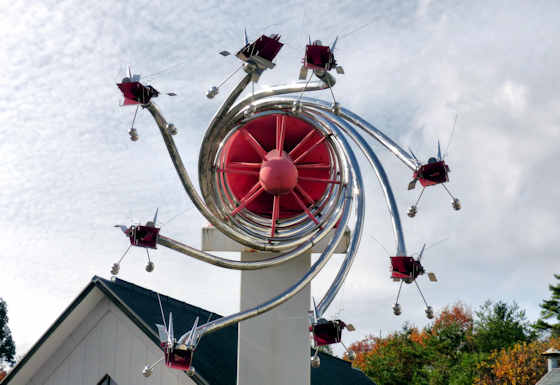Monday, July 31, 2023
Kanko Maru
Sunday, July 30, 2023
Misosogi Shrine Kurotsuchi
Saturday, July 29, 2023
Dragon Promenade Nagasaki
Friday, July 28, 2023
Yamata no Orochi
Monday, July 24, 2023
Around Kashima Day 59 Kyushu Pilgrimage
A Walk Around Kyushu
Day 59 Kashima to Konagai
Rain is in the forecast for today so I head off as soon as it is light hoping to minimize the amount of time I have to spend walking in the rain. I find the first pilgrimage temple of the day easily enough on a main road to the south of the town. Rengo-in, temple number 63, is quite a small temple but the main hall has a thatched roof. Though it's early the priests wife is out cleaning and she invites me behind the main building to a newish concrete “treasure house” which she unlocks and lets me in. Inside is arranged as an altar with a group of obviously old statues, the large central one dating from the 12th Century.
Temple 62, Tanjo-in is a few kilometers down the same main road though I miss it first time and have to backtrack as the rear of the temple complex is on the main road, the entrance being “behind” and I didn't see it. Tanjo-in is much larger with quite a few low buildings with gardens between, though they seem somewhat unkempt. There is no-one around so I can't see inside. The main road continues east towards the Ariake Sea and my route heads down the coast towards Nagasaki, but first I make a detour.
5 kilometers south is Yutoku Inari Shrine, one of the three top Inari shrines in Japan and though it will be a 10k detour I can't really be this close and not visit. Part way down the road my eye catches a rather unusual stone gate so I head over to investigate and find an information board. This is Fumyo-ji, a quite large temple with extensive grounds and so I head in to explore. The path does two 90 degree turns and passes by two ponds before the bell gate comes into view. It looks like no-one has done any upkeep in years. The whole place looks and feels abandoned. Many temples and shrines, especially in rural areas, are no longer inhabited and look deserted, but there are usually signs that someone comes in at times and does some upkeep, but here it truly feels as if no-one has been here in ages. It must have been grand in its day. Apparently, it was built by the local daimyo as a family temple and is a copy of manpuku-ji, the first Obaku Zen temple in Kyoto. I poke around but there is little to see except a large hanging wooden fish, a traditional temple bell. Back on the road towards Yutoku Inari and there is still none of the forecast rain.
As I get closer to the shrine the valley narrows and more signs of tourism appear, and the final approach is along a narrow lane lined with shops selling tourist souvenirs much the same as at any other major shrine or temple. The shrine itself is quite impressive. The main building is perched about 5 or 6 storeys off the ground, supported by a lattice of concrete though it must originally have been wood similar to the famous Kiyomizu Temple in Kyoto. From the top the view over the valley shows a series of paths and viewing platforms on the opposite side that would, I think, offer spectacular views of the vermillion shrine against the green mountainside. Pleased that it still hasn't started raining I run around and explore and take lots of photos. Then its back up the road the way I have just come from.
Once back at the main road I am in Hizenhama, home to a Historic Preservation District of old buildings.There are a bunch of sake breweries and apparently sake tours are popular. Its quite nice to see historic areas not gentrified and made twee like in Kyoto or Kurashiki. Exploring down a side alley I find a“samurai” house. Large and thatched, it must have been a high-ranked samurai. There is free entrance so I pop in for a look-see. On the other side of the river is an area of lower class houses and there is a group of three very small homes that have been renovated. It is nice to see something that is not of the upper classes as most historic buildings are. I finally reach the coast and start to head south. I had walked up the coast on the opposite shore, but it is not visible in the haze. The water is mirror flat and poles stick out of the water holding nets. Finally the threatened rain begins and I press on quickly. The rain increases. The forecast for tomorrow is heavy rain all day so I decide to hop on a train into Nagasaki as I figure the city will be more comfortable on a rainy day than walking down the coast. A few kilometers before I reach the station at Konagai I pass into Nagasaki Prefecture, though I didn't notice it with my head down.
Sunday, July 23, 2023
Jodoji Temple 49 Ohenro Shikoku Pilgrimage































































